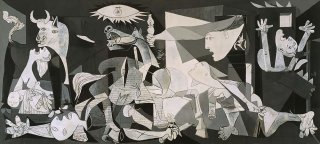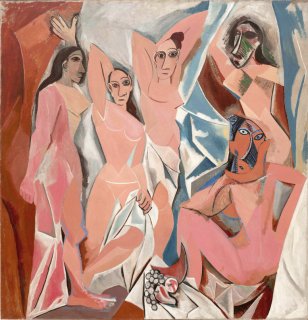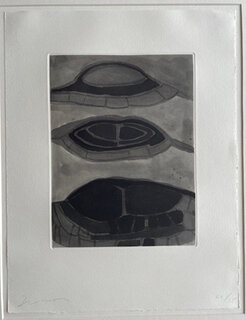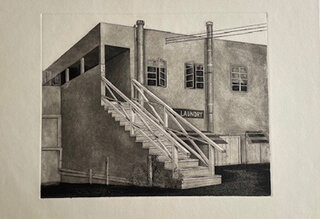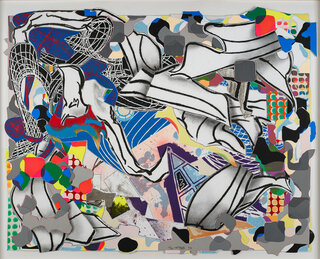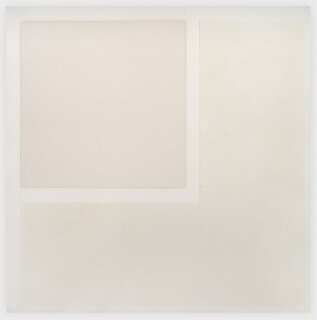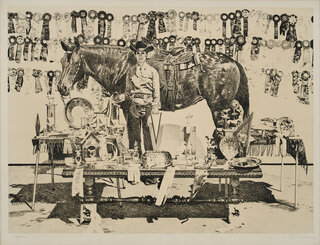
An exceptional group of 11 working proofs and a final image of ‘Portrait de jeune Fille, d'après Cranach le Jeune. II’, Picasso's most sought-after linocut. This ensemble is particularly interesting because it is Picasso's most complex use of multiple linocut blocks, one for each colour, in contrast to the reductive method of making linocuts in several colours from a single block, which the artist later adopted. The artist did not invent the reductive technique as recorded in most of the literature, but he learnt it from his young linocut printer, Hidalgo Arnéra, from the Archives of whom many of our impressions come from, so an impeccable provenance.
According to Roland Penrose, a British art historian and close friend of Picasso, this linocut subject was inspired by Portrait of a young Lady, a 1564 panel by Cranach le Jeune in the Kunsthistorisches Museum in Vienna of which an illustration is provided here/below (depending upon OVR format). Picasso never went to Austria but was sent a postcard of the panel by Daniel-Henry Kahnweiler, his dealer, which triggered his creativity.
Picasso cut five separate linocut blocks for this subject. Brigitte Baer, author of the ‘catalogue raisonné’ of Picasso graphic works, claims that Picasso first cut the black block and that to print the final image, the blocks were printed in the following order: bistre, yellow, red, blue and black.
However Cranach portrait that does not include blue. By cutting the new lino block, Picasso not only unifies the middle of the composition but also creates some lines of force that echo the woman’s mask-like face. This way he directs the viewer’s gaze on the upper and lower areas of the linocut, hence on the woman’s sphinx like expression and the explosion of red in her skirt. This departure of colour from the panel also demonstrates how Picasso takes inspiration from an Old Master but also refused to be cowed by him.
Picasso’s reinterpretation of Cranach’s Portrait of a Young Lady is equally faithful and personal. He adds the colour blue and forgoes all the intricate details. Gone are the contrasts of the multiple fabrics and laces as well as the profusion of jewellery and precious stones while the details of the curtain and the young girl’s shadow are carefully retained.
In this wonderful reinterpretation one sees Picasso’s need to confront the Old Masters, to submit the past to his modernity. Standing between the ‘Variations sur Les Ménines d’après Velazquez’ of 1957 and the series of ‘Déjeuner sur l’herbe d’après Mane’t de 1959-62, this subject, in linocut rather than in oil, is in its way a technical tour de force in interpreting the art of the Renaissance.

